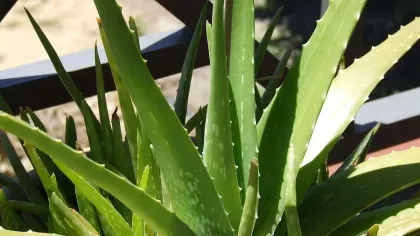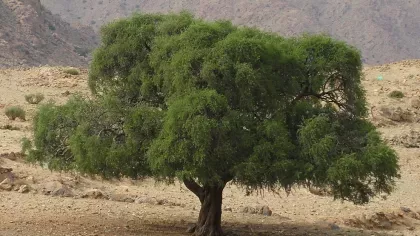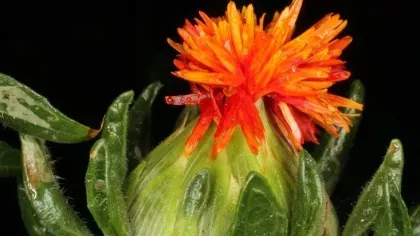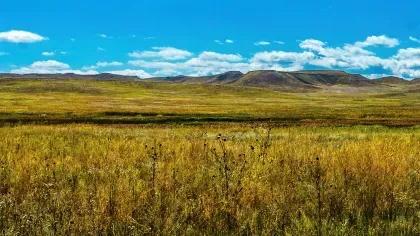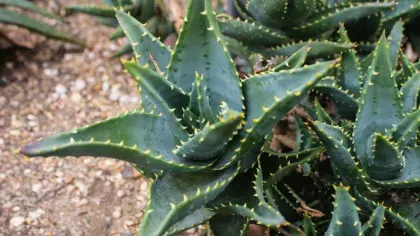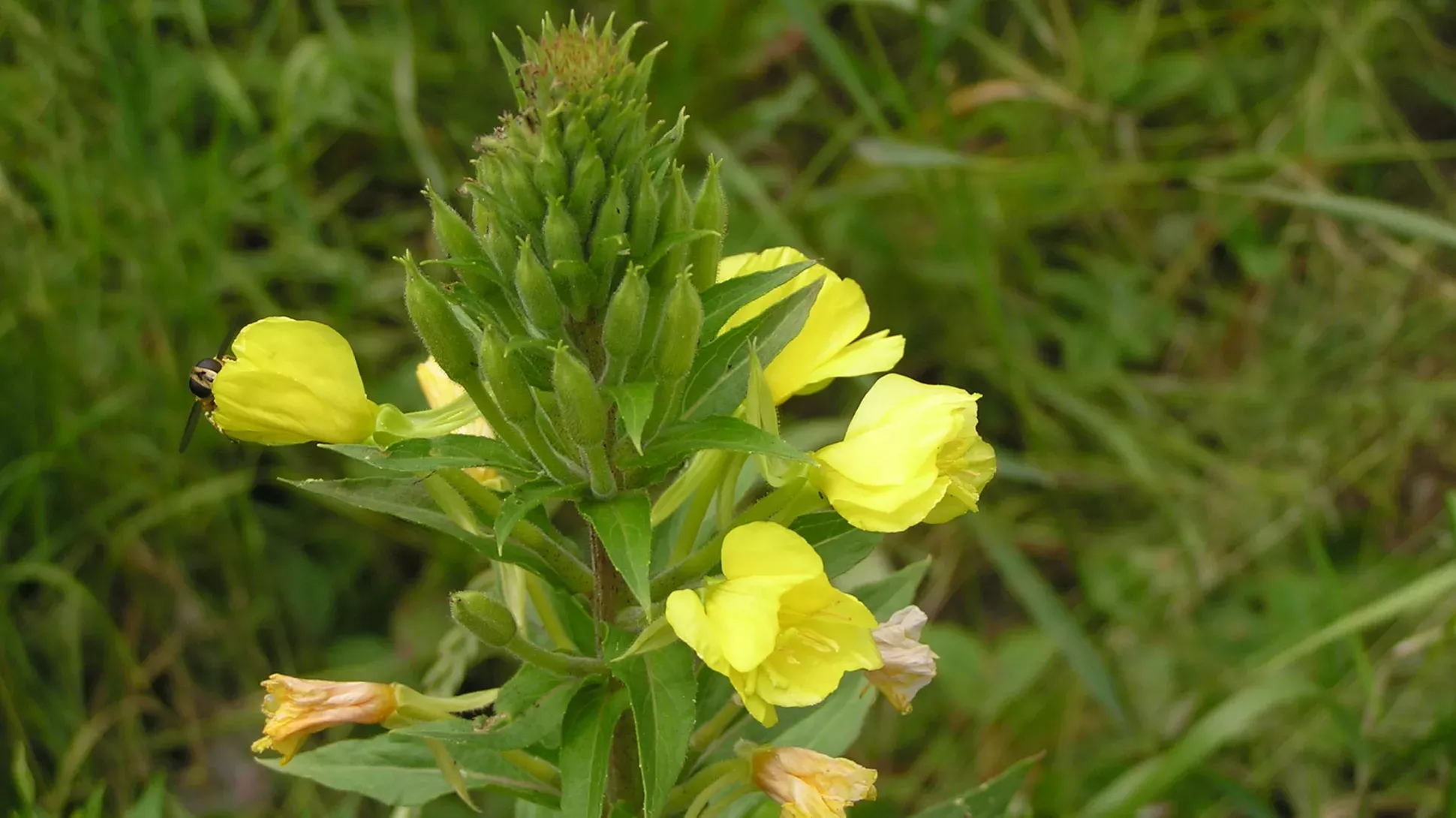
Common evening primrose
Grown as crops for hundreds of years by indigenous tribes in North America, the common evening primrose is now widely known as a source of oil.
The mature seeds are processed to produce evening primrose oil, which is used in cosmetics and skin-care products, as well as being sold as dietary supplements.
While the scientific benefits of evening primrose oil are still inconclusive, they have been used in traditional medicines for years, as treatments for bruises, muscular pain and boils.
The name of the evening primrose refers to their behaviour of only opening their flowers at night, known as nyctinasty.
Plant description
Common evening primrose grows to just over 1.5 metres tall, on hairy stems. The leaves are long and narrow and grow in a circular around the base of stem in the plants first year, and then spirally around the stem in the second year.
The plant will only flower in its second year, with bright yellow four petaled flowers between 2 to 5 cm across. The seeds grow in long, narrow capsules, which split into four when mature. The plant only lives for two years, and then dies.
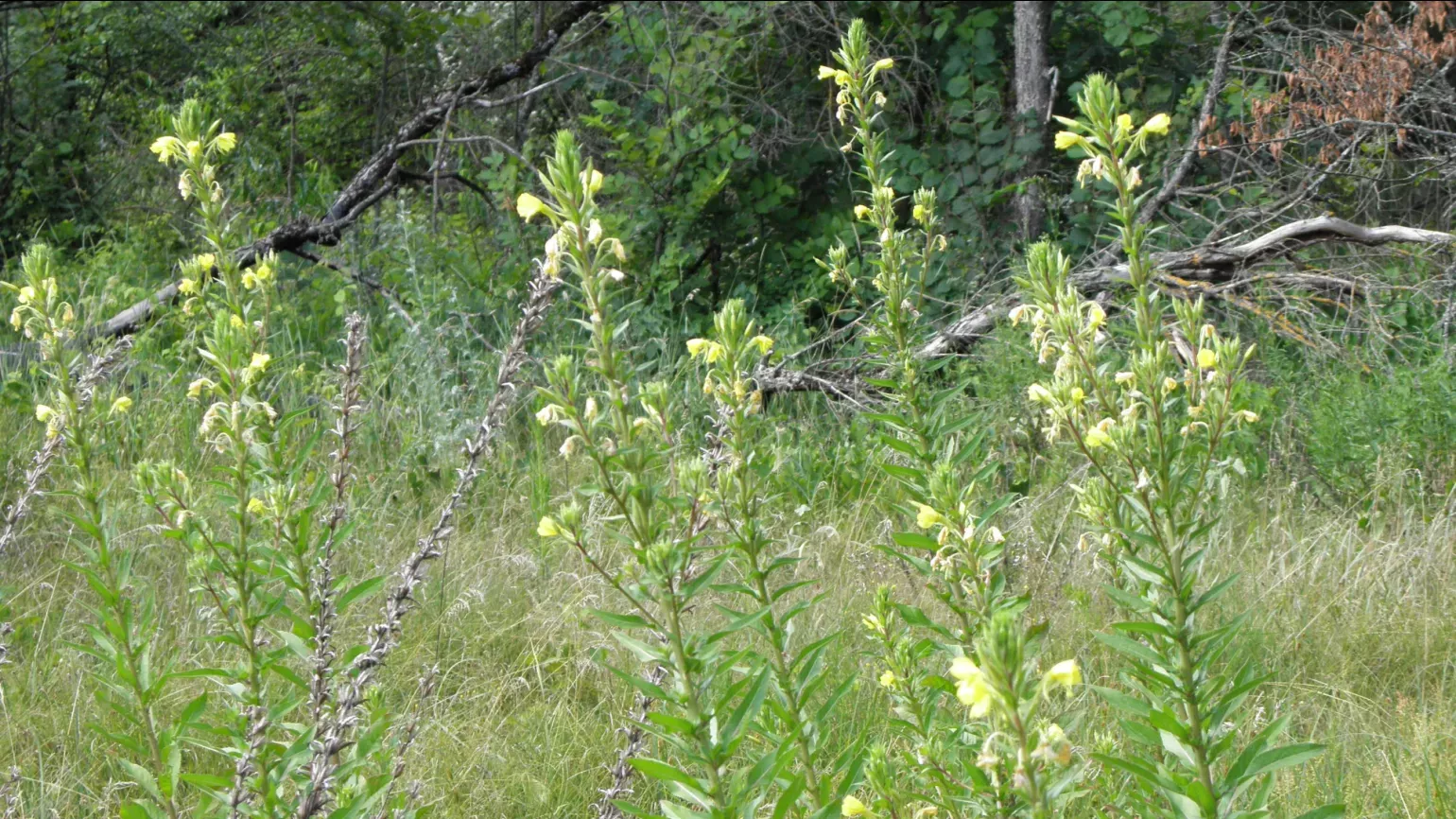
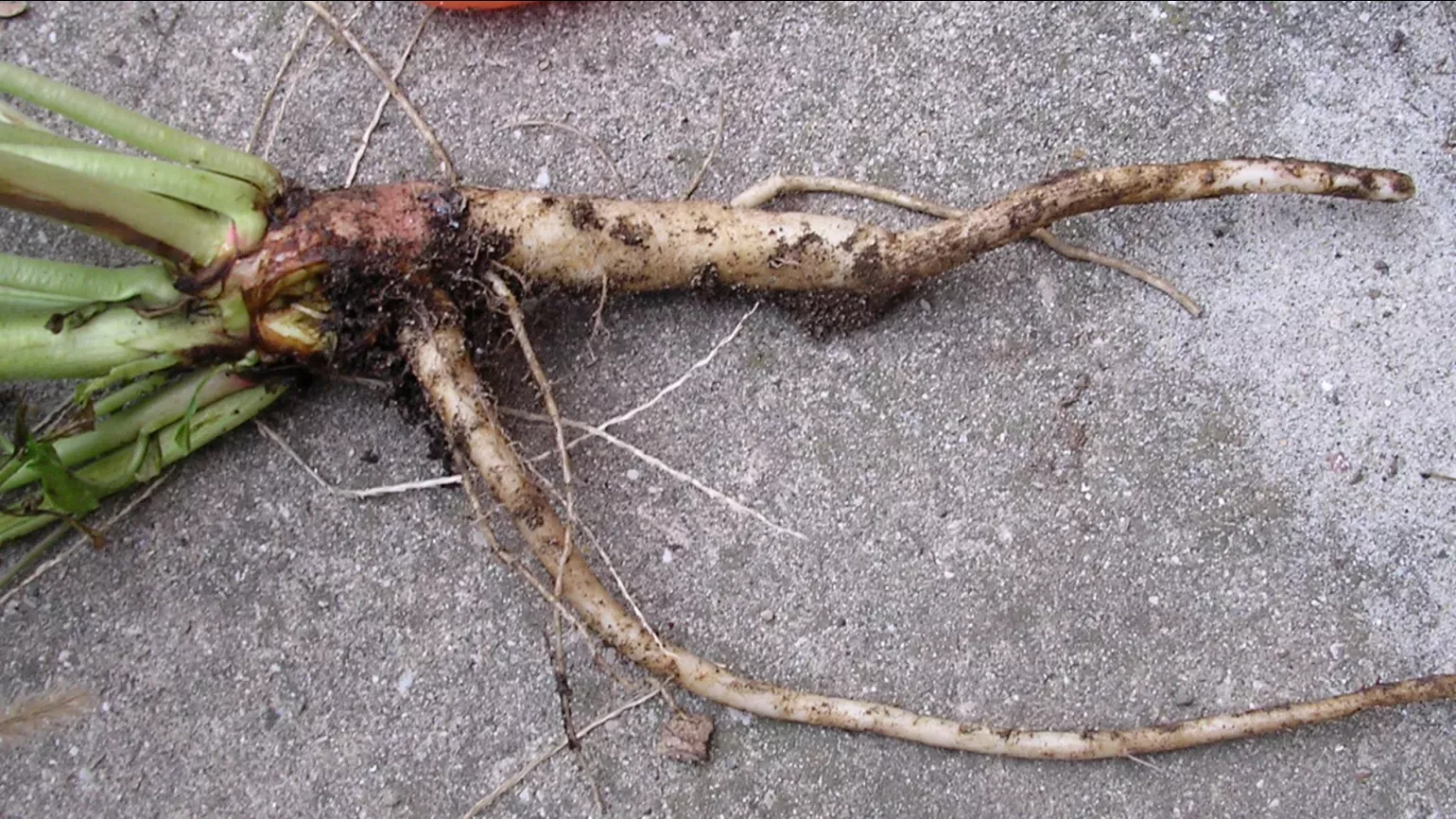
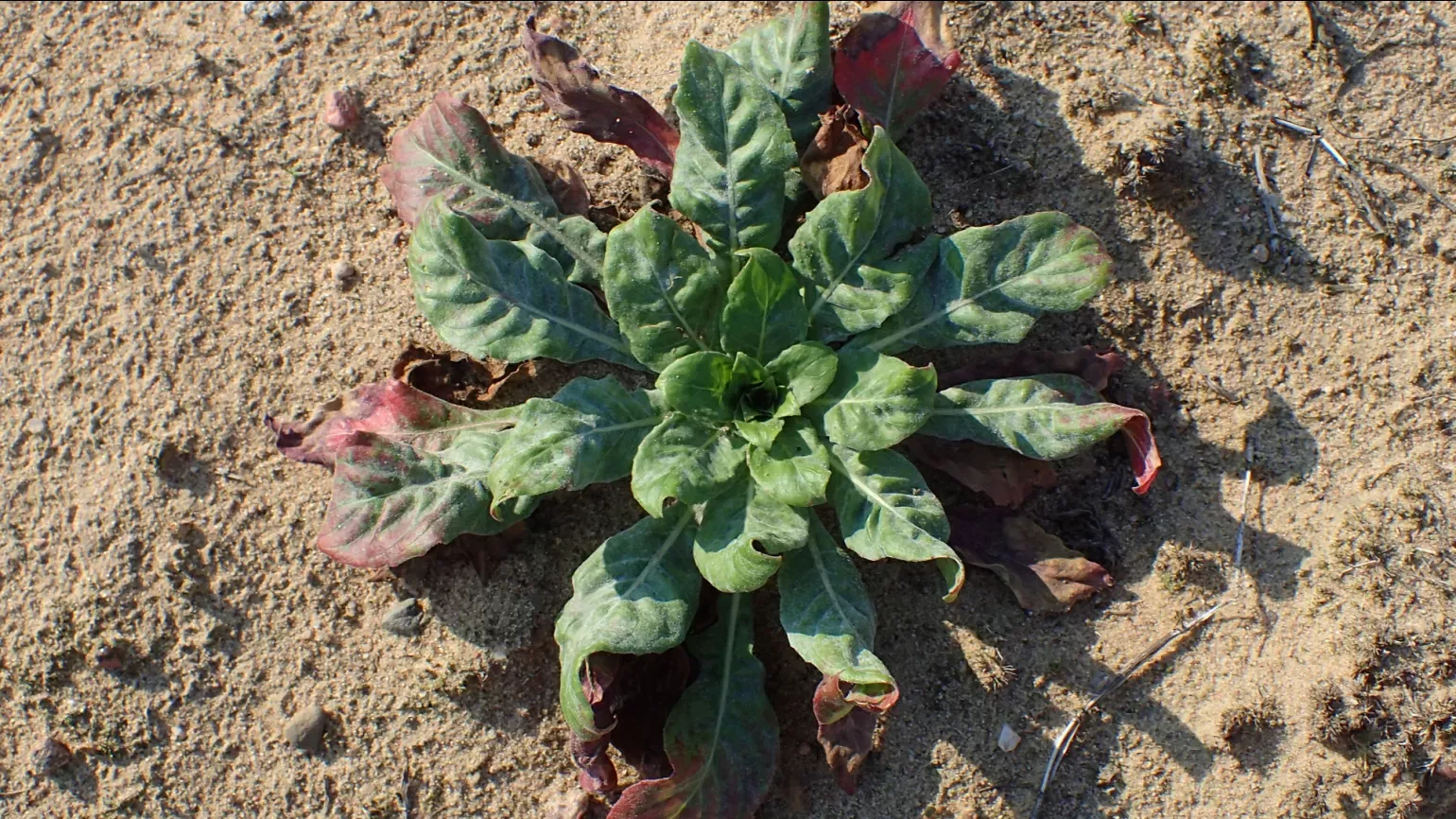
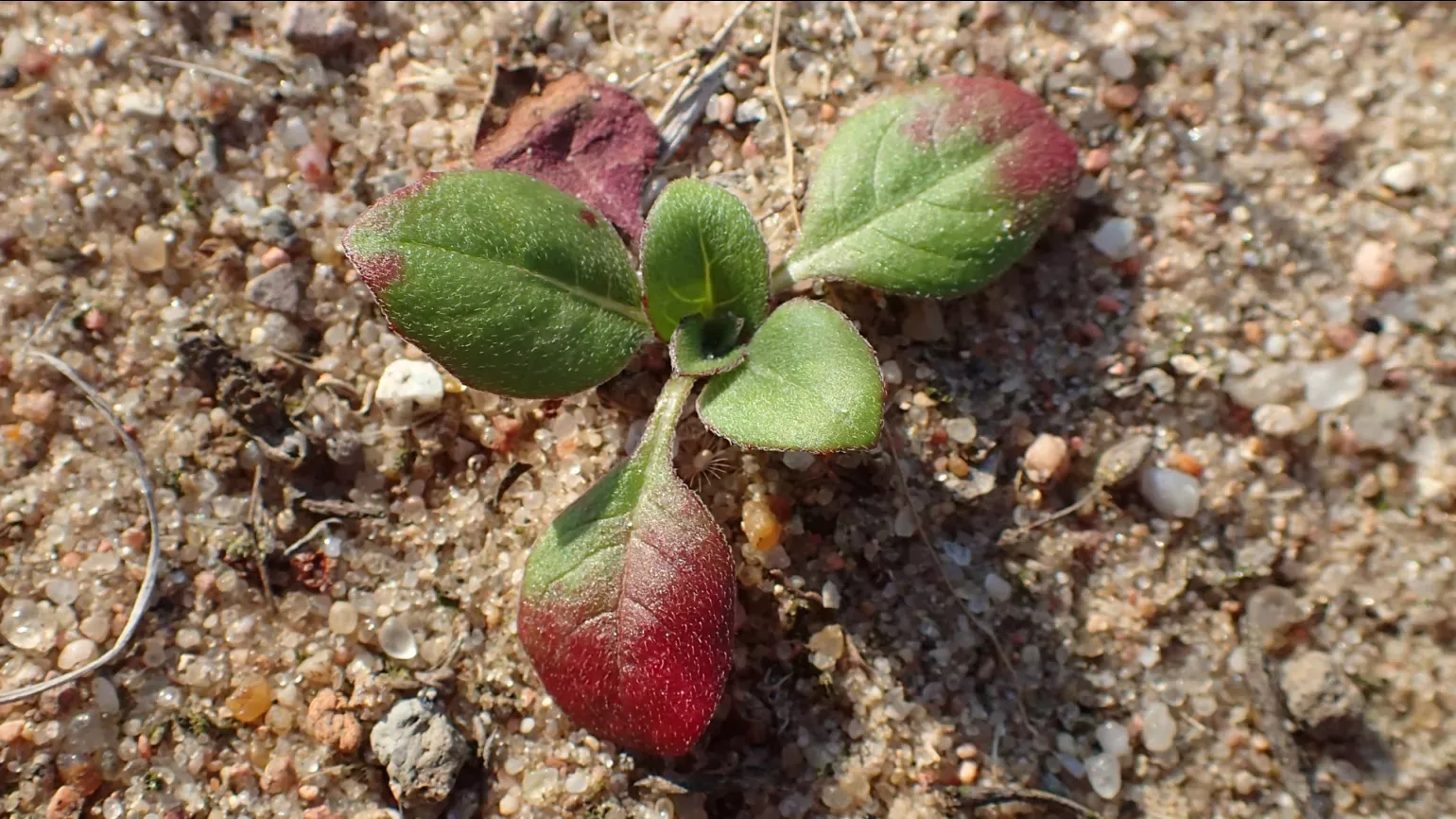
Plant uses
Beauty and cosmetics
Evening primrose oil is used in many skin care products, as well as cosmetics, due to its high levels of gamma-linoleic acid, an important omega-6 fatty acid, which is linked to skin health.
Cultural
Several indigenous North American peoples, including the Iroquois and Cherokee, use evening primrose in traditional medicines, such as teas and salves.
Food and drink
The roots of evening primrose can be boiled and eaten like potatoes, and have a sweet, peppery taste.
The leaves are cooked and eaten like spinach.
The flowers are sweet and are used to garnish salads.
The seeds can be roasted and used as a garnish or in breads.
Health
Evening primrose oil is commonly taken as supplement for a range of conditions, including arthritis, multiple sclerosis and premenstrual syndrome, although there is very little data from clinical trials to support its effectiveness.
Did you know?
Despite the name, the evening primrose is not a member of the primrose family Primulaceae, but rather a member of the evening primrose family Onagraceae.
Where in the world?
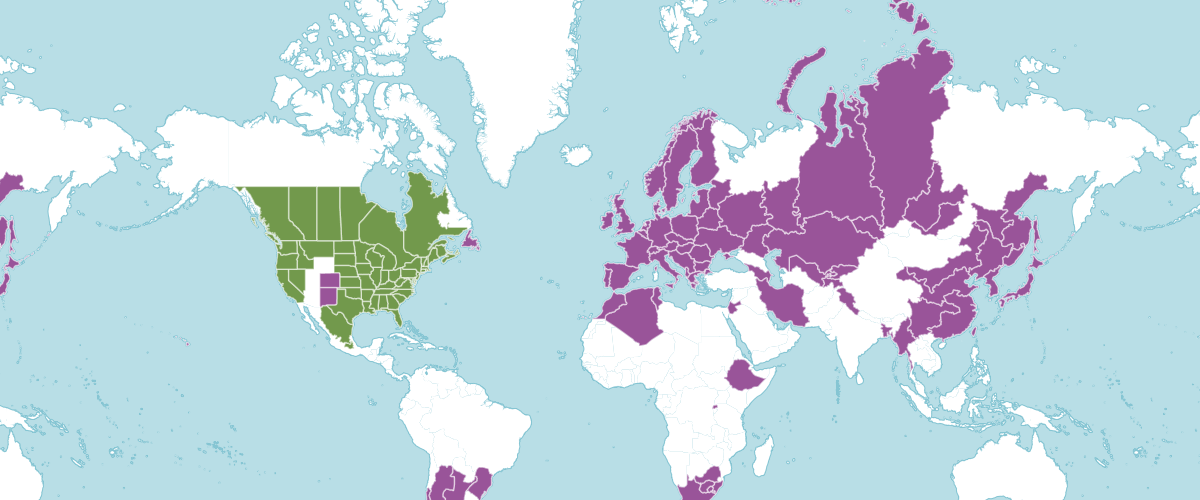
Below 700m above sea level, in sunny and dry places with loamy soil.
